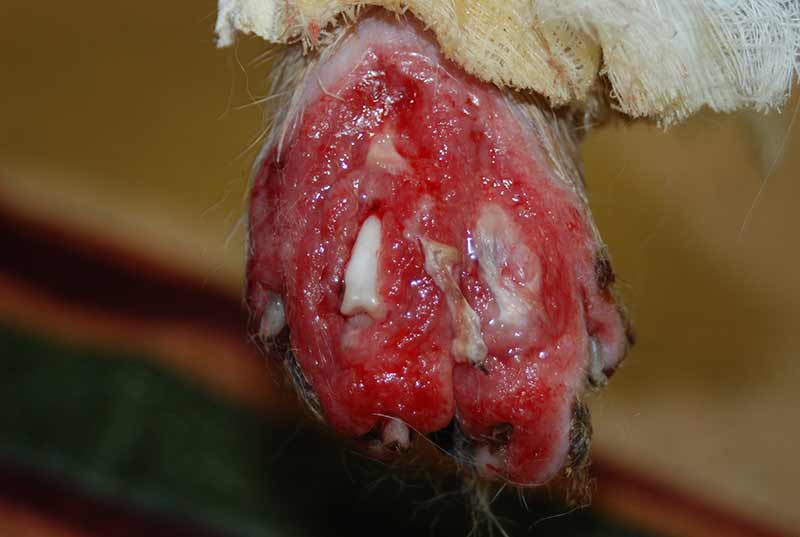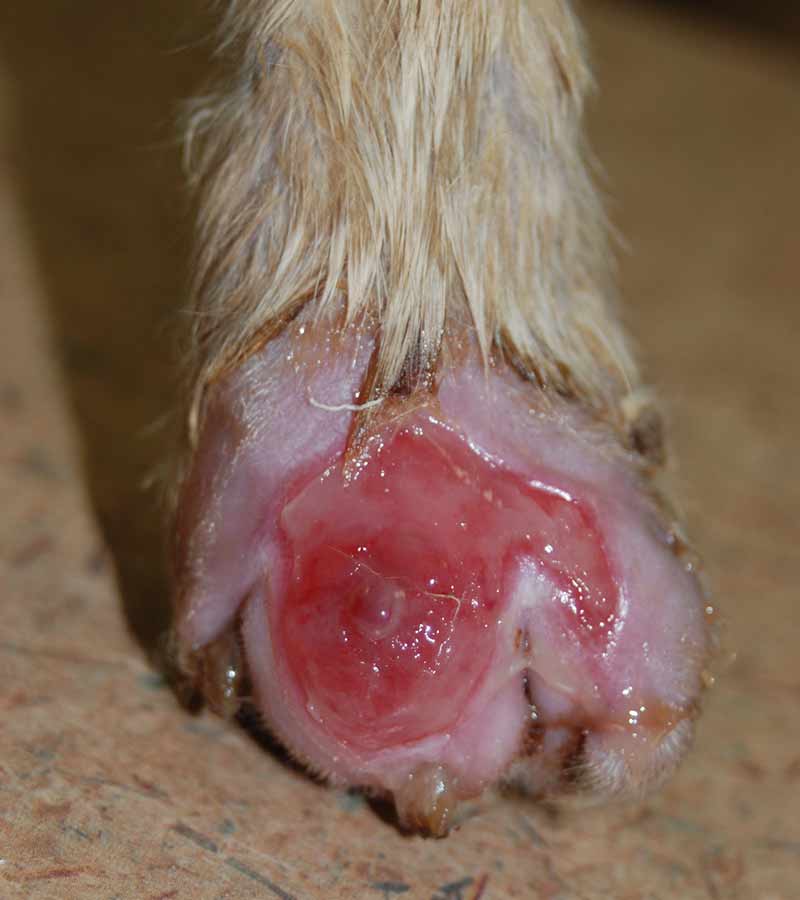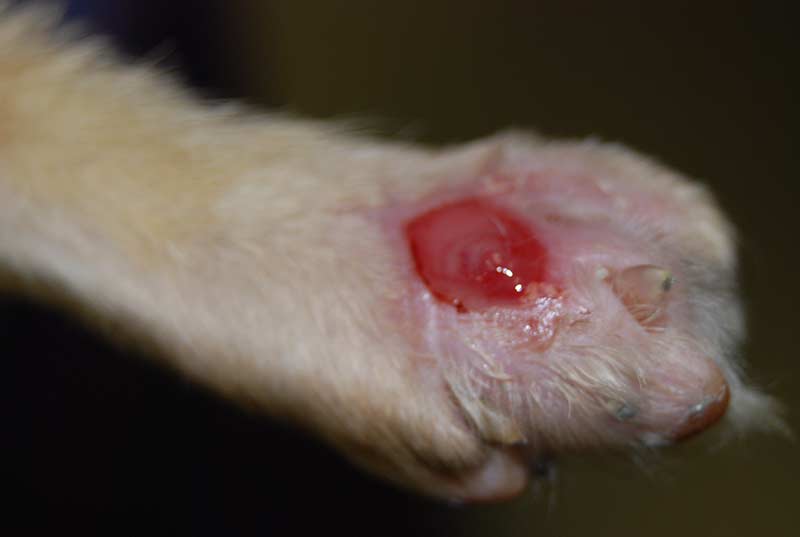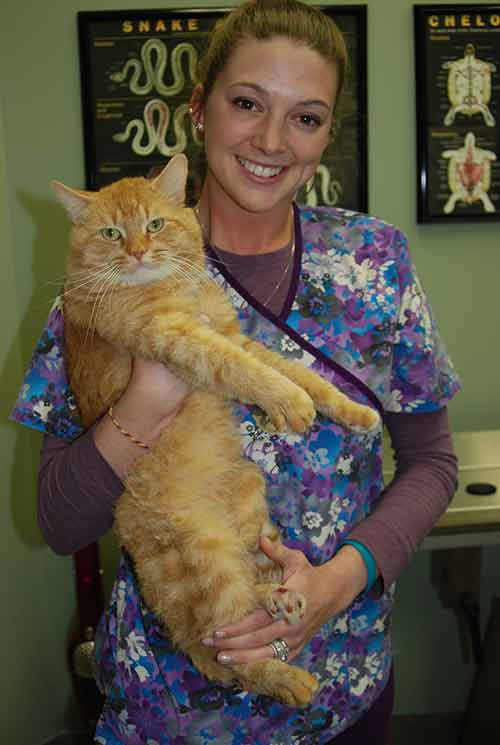The Secret to Healing Stubborn Wounds
With antibiotic-resistant strains of bacteria on the rise, it's becoming increasingly challenging to treat open and infected wounds. This easy-to-find substance has been used throughout history to effectively treat infections - and it's clinically proven to eradicate bacteria.

STORY AT-A-GLANCE
- As antibiotic-resistant strains of bacteria continue to proliferate, when it comes to wound healing in animals, the use of medical-grade honey is getting lots of attention
- While both table honey and medical-grade honey have antibacterial properties, highly processed table honey is akin to high fructose corn syrup, which is more likely to increase infection and, in my opinion, should never be used to treat topical wounds
- Two common types of medical honey are manuka honey and greenhouse produced hydrophilic honey gel
- I use manuka honey extensively with animal patients to heal resistant skin infections, burns, and large wounds that can’t be closed surgically
Like many natural remedies, there is significant historical reference for honey in the treatment of difficult wounds. More recently, interest in the healing properties of honey has re-emerged due to its potential to kill drug-resistant strains of bacteria, thanks to its natural antibacterial activity.1
Both table and medical-grade honey can be effective in managing wounds, however, medical-grade honey exhibits better consistency in composition, quality, sterility, and bactericidal activity.2
Wound Healing Properties of Honey
- Table honey contains non-pathogenic microbes and can eliminate micro-organisms in wounds, decrease the size of wounds, and stimulate re-epithelialization (the resurfacing of a wound with new epithelial tissue).3 According to a recent clinical overview in Clinician’s Brief online:
“In one study of burn wounds in humans, daily dressings with table honey resulted in elimination of bacteria in wounds within 7 days and complete healing within an average of 18 days.4 In comparison, patients who received silver sulfadiazine dressings had positive cultures at 7 days, and average time to heal was 32.7 days.”5
That said, regular store-bought honey may not be real honey at all.6 Up to 75% of honey sold in the U.S. is potentially adulterated or contaminated with antibiotic residues and should never be used to treat topical wounds.
- Medical-grade honey is typically sterilized via gamma irradiation since heat can reduce its antimicrobial properties. Two common types of medical honey are manuka honey (from the Leptospermum tree), and hydrophilic honey gel, which is greenhouse produced.7
- Manuka honey’s antimicrobial action is derived from a phytochemical called methylglyoxal. The level of antibacterial activity in medical manuka honey is identified by its unique manuka factor (UMF). A rating of 16-30 indicates high methylglyoxal content.
- The antimicrobial activity of greenhouse-produced hydrophilic honey gel is a product of the formation of hydrogen peroxide from the action of glucose oxidase on glucose, oxygen, and water. The hydrogen peroxide content of the honey, and thus its antimicrobial activity, increases in the wound dressing as the honey is diluted by wound exudate (the fluid produced by the wound).8
Greenhouse-produced hydrophilic honey gel also contains an antimicrobial and immunomodulatory peptide called bee defensin-1.
Lactic Acid Bacteria in Fresh Raw Honey
As noted earlier, fresh raw honey has been used throughout history to treat infections. It is found in the honey stomach of bees and is significantly different from the manufactured honey sold in grocery stores.
In 2014, researchers at Lund University in Sweden identified 13 lactic acid bacteria strains found in fresh honey that produce a multitude of active antimicrobial compounds.9 The bacteria was tested in the laboratory on severe human wound infections such as MRSA (methicillin-resistant Staphylococcus aureus), Pseudomonas aeruginosa and vancomycin-resistant Enterococcus (VRE).
When the bacteria was applied to the infectious organisms in the lab, it neutralized all of them. The Lund University researchers believe these promising results are due to the broad spectrum of active antimicrobial substances that are unique to the honey found in a bee’s honey stomach. According to lead study author Tobias Olofsson:
"Antibiotics are mostly one active substance, effective against only a narrow spectrum of bacteria. When used alive, these 13 lactic acid bacteria produce the right kind of antimicrobial compounds as needed, depending on the threat.
It seems to have worked well for millions of years of protecting bees' health and honey against other harmful microorganisms. However, since store-bought honey doesn't contain the living lactic acid bacteria, many of its unique properties have been lost in recent times.”10
The Extraordinary Healing Properties of Manuka Honey
Manuka honey is produced by bees that pollinate the manuka shrub (Leptospermum scoparium), which is a medicinal plant native to New Zealand. Clinical trials have found that manuka honey can effectively eradicate more than 250 clinical strains of bacteria, including certain antibiotic-resistant varieties.
As I explained earlier, manuka has an exclusive ingredient with antimicrobial qualities called the Unique Manuka Factor (UMF) that gives it extraordinary antibacterial activity. Honey releases hydrogen peroxide through an enzymatic process that gives it its antiseptic qualities, but active manuka honey contains a “special something” that makes it far superior to other types of honey when it comes to killing off bacteria.
The level of UMF varies, which is why each batch of manuka is ranked and priced according to the quantity of UMF it contains. The higher the concentration of UMF, the darker, thicker, and more expensive the honey.
I use manuka honey extensively with animal patients to manage resistant skin infections (for example, hot spots, feline acne, and acral lick dermatitis), burns, and large wounds that can’t be closed surgically.
This is photo of an extensive soft tissue de-gloving wound to the left rear paw of a homeless cat I spotted in a ditch while out driving one day several years ago. The wound had developed gangrene.

The only treatment this kitty received for his terribly infected wound was daily application of manuka honey and a light bandage. (I also gave him oral pain management, but the only treatment for the wound itself was manuka honey.) He healed remarkably quickly and required no antibiotics.


We named the cat “Manuka” and my niece, Blair (pictured), adopted him.

Sources and References
- 1 Vandamme, L. et al. Burns, 2013 Dec;39(8):1514-25
- 2 Cooper, R.A., Jenkins, L. Wounds, A Comparison Between Medical Grade Honey and Table Honeys in Relation to Antimicrobial Efficacy, 2009;21(2):29-36
- 3 Oryan A. et al. J Tissue Viability. 2016;25(2):98-118
- 4 Gupta S.S. et al. J Cutan Aesthet Surg. 2011;4(3):183-187
- 5 Zimmerman, C.R., Tobias, K.M. Honey in Wound Management, Clinician's Brief, December 2022
- 6 Food Safety News: Tests Show Most Store Honey Isn't Honey, November 7, 2011
- 7 Dart A.J. et al. Equine Vet Educ. 2015;27(12):658-664
- 8 Kwakman PHS, et al. PLoS One. 2011;6(3):e17709
- 9 Olofsson, T.C. et al. International Wound Journal, September 8, 2014
- 10 Lund University News and Press Releases, September 8, 2014
Today's Pet Video:
Whistling Makes Beagle Puppy Tilt His Head
Besides being attentive and obedient, this Beagle puppy clearly wants to find out what he can do to please his favorite human who keeps whistling just to get his reaction!











